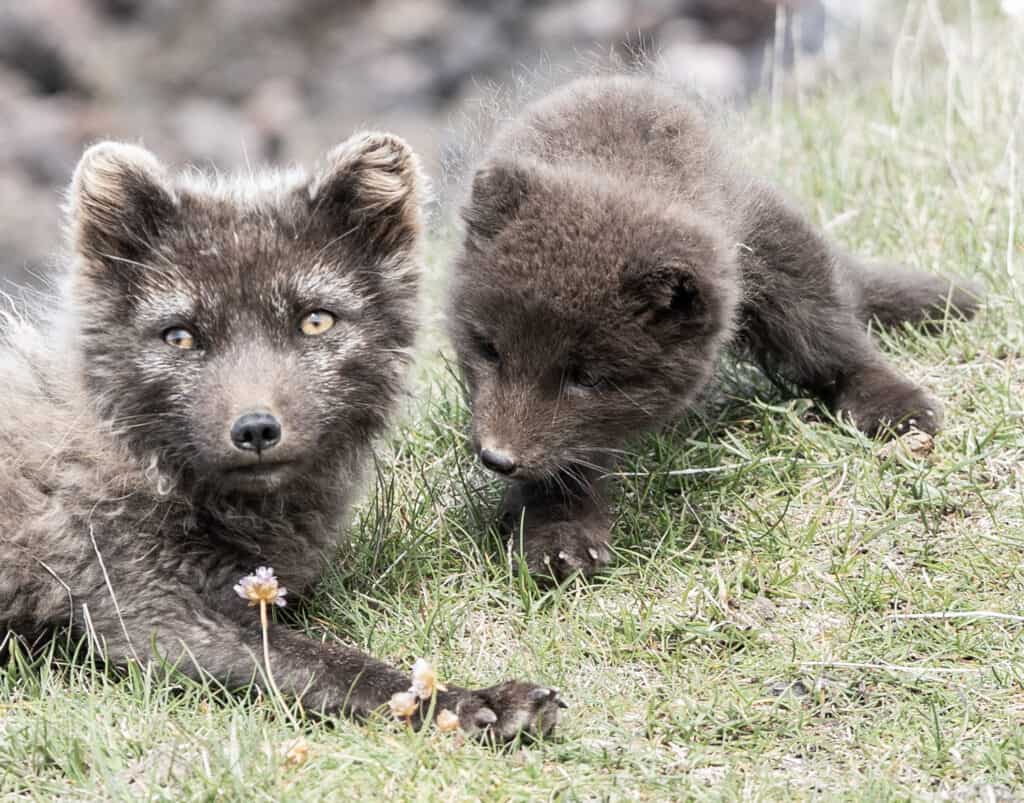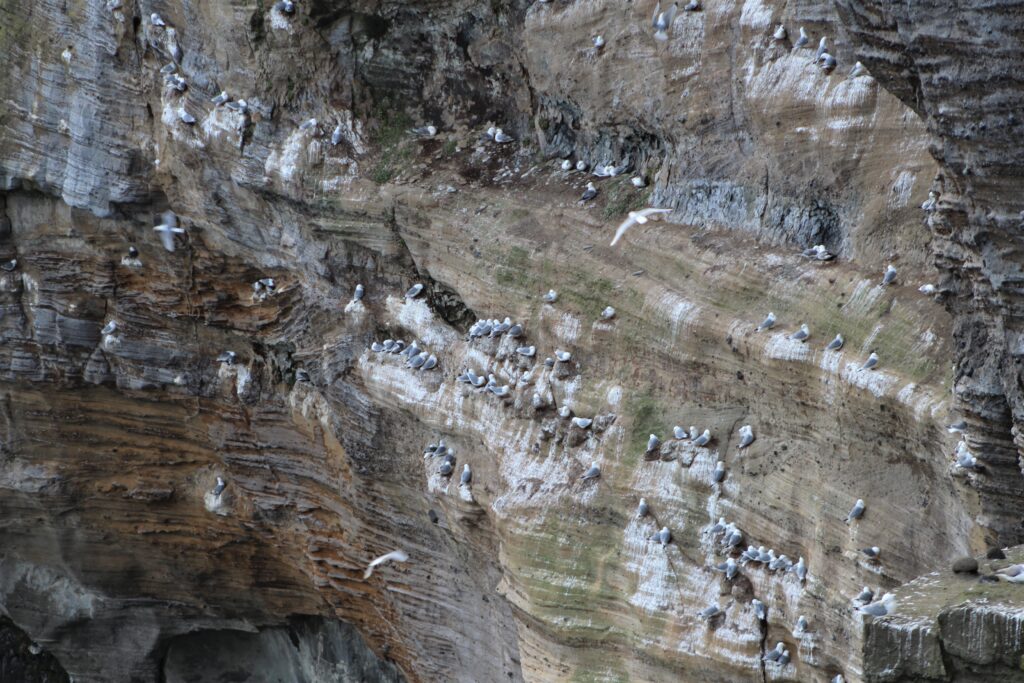Research within national parks and reserves
Butterfly monitoring
The Nature Center monitors butterflies on Snæfellsnes with light traps at Stykkishólm (since 2012) and Gufuskála (since 2011).
Butterflies are caught from April to November and the catch is collected weekly. Through the study, better information is obtained about the butterfly flag of the area, i.e. which species are found in which areas, their relative prevalence and when they are most active. The project also provides important information about environmental changes, such as the colonization and distribution of new species and changes in the flight time of individual species due to volcanic eruptions, weather and climate change.
The trap at Gufuskála is run in cooperation with Snæfellsjökull National Park.
The project is part of the monitoring of butterflies on a national level, in which most nature centers, the Natural History Institute of Iceland and others participate.

Abbott foxglove
Since the establishment of Snæfellsjökull National Park, the Nature Center has monitored the percentage of known foxgloves living in the national park, but also has information on the number of harvested foxgloves in the area from 1989-2001.
It is about 30 spruce trees that are visited in the middle of summer to assess the growth.
The percentage of trees in the habitat is a measure of population changes of foxes in the area.

Rock birds
Since 2008, the Nature Center has monitored changes in the number and nesting success of rock birds in Snæfellsnes and the southern part of Breiðafjörður.
In Snæfellsnes, the monitoring now covers counting profiles at Arnarstapa, Þúfubjargi, Saxhólsbjargi and Vallnabjargi.
In the research areas, the main nesting bird is the plover, as well as vultures to a lesser extent, but on the outside of Snæfellsnes, long-nosed, short-nosed, and eels also breed. The project is carried out in collaboration with the Research Center of the University of Iceland in Snæfellsnes and is part of the national monitoring of rock bird populations, which is managed by the Northeastern Nature Agency . Since 2020, the project is part of the ” Monitoring of nature conservation areas ” project.
